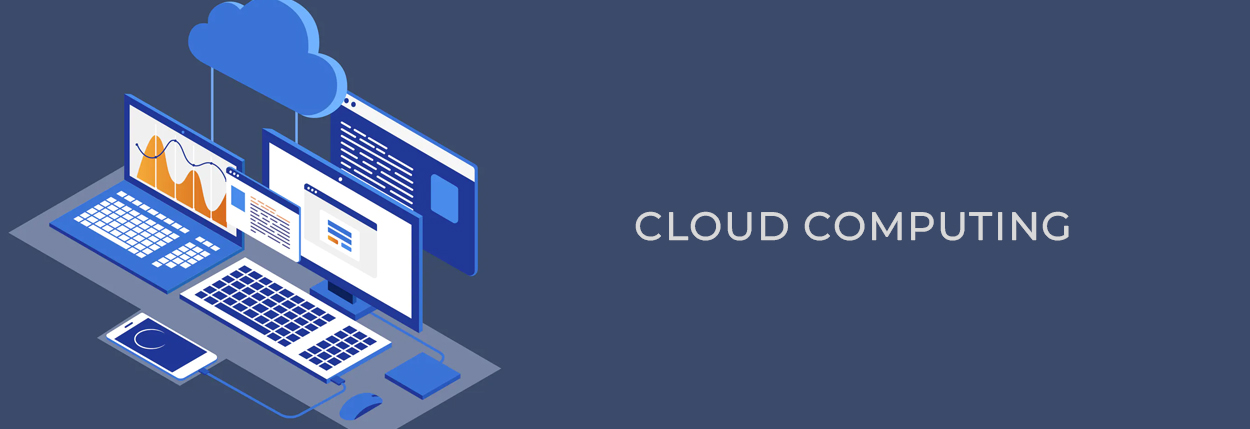Cloud Computing is the use of hardware and software to deliver a service over a network (typically the Internet). ... An example of a Cloud Computing provider is Google's Gmail. Gmail users can access files and applications hosted by Google via the internet from any device.
Indeed, Netflix is running on Amazon's public cloud (AWS) but Amazon is also a direct competitor of Netflix, since it also launched its own streaming video service. ... However, a closer look at Netflix's structure unveils that it is using the cloud only for computing and storage needs.

- What are the various job opportunities available after Cloud Computing Course?
- Some of the most popular job roles include:
- Cloud Administrator
- Cloud Architect
- Azure Cloud Systems Developer
- Cloud Security Manager
- AWS Certified Solutions Architect
- Following are some of the courses we offer for you to learn Cloud Computing:
- Microsoft Azure Certification Master Training
- AWS Certification Master’s Course
- DevOps Architect Master’s Training Program
- Cloud and DevOps Architect Master’s Course
- AWS Cloud Migration Certification Training
- Microsoft Azure Solutions Architect Certification Training (AZ 300-301)
- AWS DevOps Training
Cloud computing is a computing paradigm,where a large pool of systems are connected in private or public networks,to provide dynamically scalable infrastructure for application, data and file storage. With the advent of this technology,the cost of computation, application hosting, content storage and delivery isreduced significantly
Cloud computing is a practical approach to experience direct cost benefits and it has the potential to transform a data center from a capital-intensive set up to a variable priced environment
The idea of cloud computing is based on a very fundamental principal of „reusability of IT capabilities'. The difference that cloud computing brings compared to traditional concepts of “grid computing”, “distributed computing”, “utility computing”, or “autonomic computing” is to broaden horizons across organizational boundaries.
Forresterdefines cloud computing as:
“A pool of abstracted, highly scalable, and managed compute infrastructure capable of hosting end-customer applications and billed by consumption.”
Cloud Computing Models
Software as a Service (SaaS): In this model, a complete application is offered to the customer, as a service on demand. A single instance of the service runs on the cloud & multiple end users are serviced. On the customers‟side,there is no need for upfront investment in servers orsoftware licenses, while for the provider,the costs are lowered, since only a single application needs to be hosted & maintained.Today SaaS is offered by companiessuch asGoogle, Salesforce, Microsoft, Zoho, etc.
Platform as a Service (Paas): Here, a layer of software, or development environment is encapsulated & offered as a service,upon which other higher levels of service can be built. The customer has the freedom to build his own applications, which run on the provider‟s infrastructure. To meet manageability and scalability requirementsof the applications, PaaS providers offer a predefined combination of OS and application servers, such as LAMP platform (Linux, Apache, MySql and PHP), restricted J2EE,Ruby etc. Google‟sApp Engine, Force.com, etcare some of the popular PaaS examples.
Infrastructure as a Service (Iaas): IaaS provides basic storage and computingcapabilities as standardized services over the network. Servers, storage systems, networking equipment, data centre spaceetc. are pooled and made available to handle workloads. The customerwould typically deploy his own software on the infrastructure.Some common examples are Amazon, GoGrid, 3 Tera, etc
Understanding Public and Private Clouds
Enterprises can choose to deploy applications on Public, Private or Hybrid clouds.Cloud Integrators can play avital partin determining the right cloud path for each organization.
Public Cloud
Public cloudsareowned and operated by third parties;theydeliver superior economies of scale to customers, as the infrastructure costs are spread among a mix ofusers, giving each individual client an attractive low-cost, “Pay-as-you-go” model. All customers share the same infrastructurepoolwith limited configuration, security protections, and availability variances. Theseare managed and supported by the cloud provider.One of the advantages of a Public cloud isthat they may be larger than an enterprises cloud, thus providingthe ability toscale seamlessly, on demand.


Private Cloud
Private clouds arebuilt exclusively for a single enterprise.Theyaim toaddress concerns ondata security and offer greater control, whichis typically lacking in apublic cloud.There are two variations to aprivate cloud
On-premise Private Cloud: On-premise private clouds, also known as internal clouds are hosted within one‟s own data center. This model provides a more standardized process and protection, but is limited in aspects ofsize and scalability. IT departmentswouldalsoneed toincur the capital and operational costs for the physical resources. This is best suited for applications which requirecomplete control and configurability of the infrastructure and security
Externally hosted Private Cloud: This type of private cloud is hosted externally with a cloud provider, wherethe provider facilitates an exclusivecloud environment with full guarantee of privacy. This is best suitedfor enterprises that don‟t prefer a public cloud due to sharing of physical resources.
Hybrid Cloud
Hybrid Clouds combine both public and private cloud models. With a Hybrid Cloud, service providers can utilize 3rd party Cloud Providers in a full or partial mannerthus increasingthe flexibility of computing.The Hybrid cloud environment iscapable of providingon-demand, externally provisioned scale. The ability to augment a privatecloud with the resources of a public cloud can beused to manage any unexpected surges in workload.












